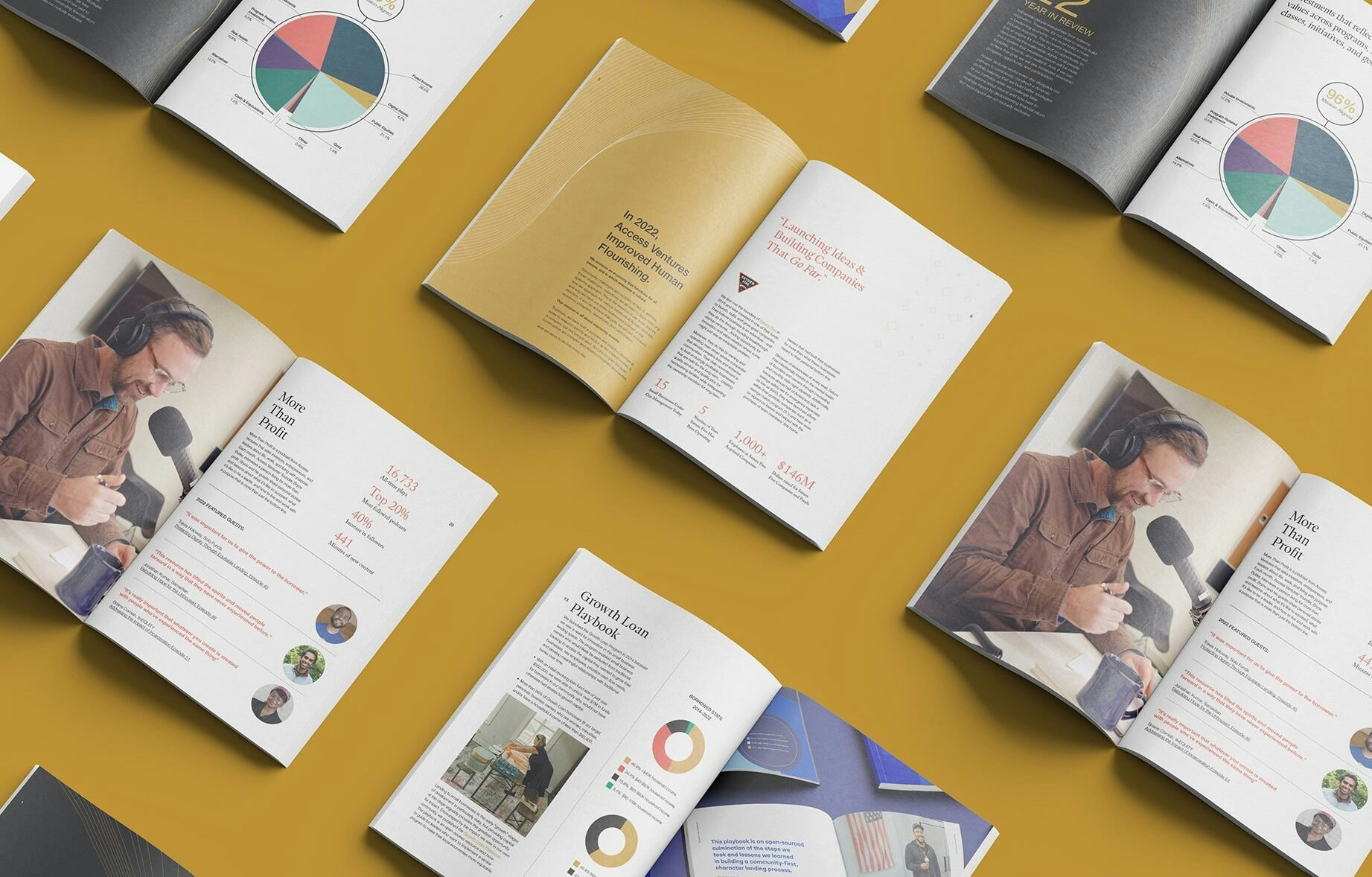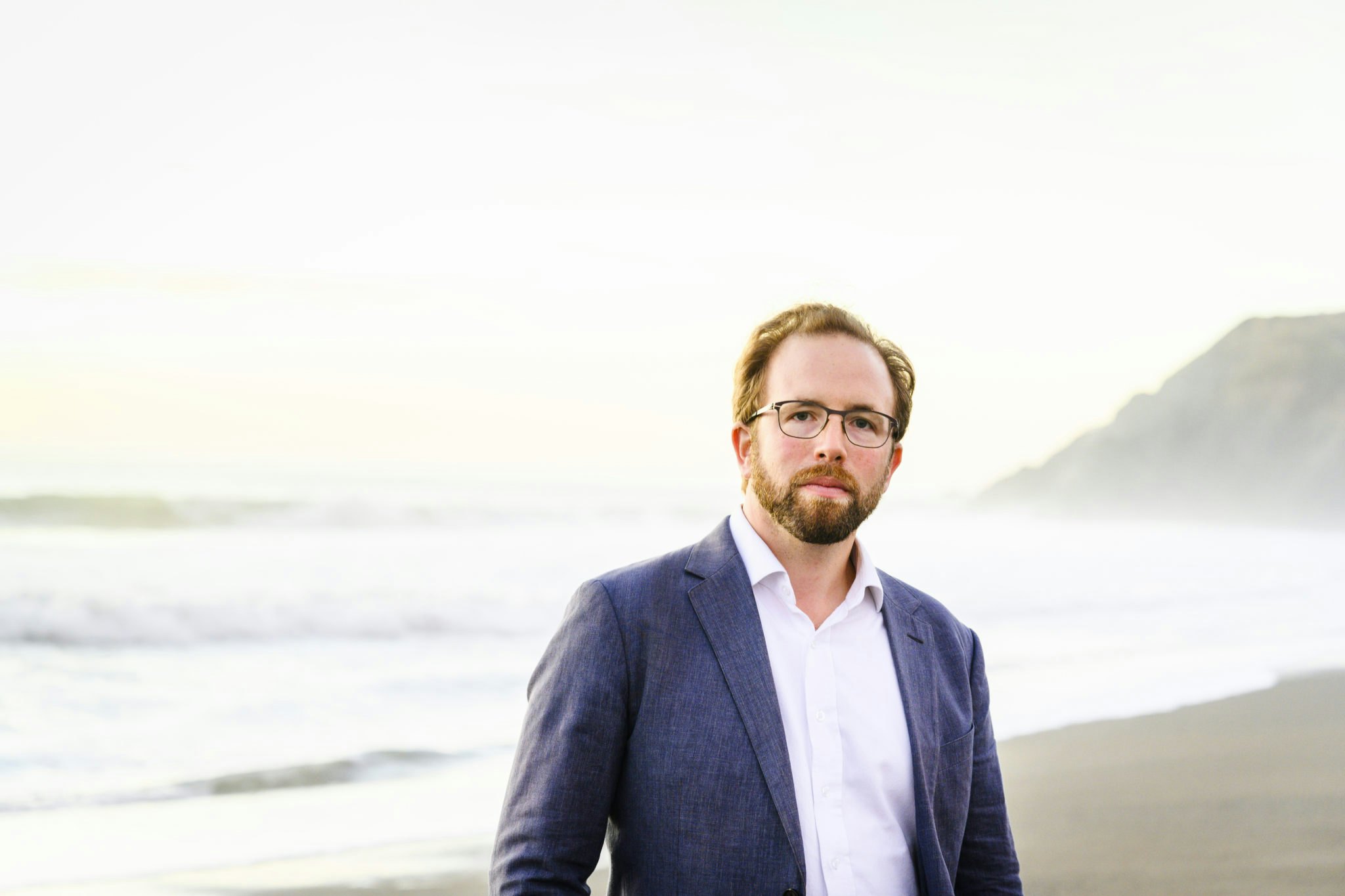A Conscious Portfolio Construction
Intentionality is not a new topic for our team or for the investment community. It’s a core part of who we are, and a driving factor of the one-pocket approach. But it deserves a bit more focus and a bigger share of the spotlight.
We’re not the only ones who think so. Conscious capitalism and impact investing have been a growing part of the conversation about where, how, and why we use our resources. Both concepts capture a level of intentionality that’s tough to find in consumer markets where Amazon offers one-tap shopping and Acorn will save your money for you. It’s an idea the world’s hungry for, though. Millennials are entering their peak purchasing years, and are increasingly choosing companies like Patagonia (Yvon Chouinard once called other leaders in the outdoor outfitting industry “a bunch of weenies” for not standing for any values) over Columbia, and Ben and Jerry’s over Blue Bell.
Conscious capitalism is a foundational concept of what we do at Access Ventures across our initiatives and investments. And it’s something we consider when looking for alternate places to invest. Unlike ‘alternative investments,’ which have a specific definition and connotation in the investing world, alternative places to invest are areas where we can partner with other organizations already creating change in meaningful and powerful ways. This includes partners like CapRock, an investment management group that’s able to leverage asset classes in ways unique to them, but are still on-mission for us.

What alternative places to invest allows us to accomplish is an impact far beyond what we’re capable of on our own. While we have expertise in key areas, we also have the clarity to know our strengths and weaknesses, and the limitations of time. Blockchain is a strength. Supply chain is not. We could choose to develop our knowledge base, bring in new team members, or any number of other possibilities. But the approach we’ve chosen allows us maximum mission alignment by honoring the good work others are already doing in the world, while freeing up Access Ventures to efficiently and effectively invest in ways for our team to manage and develop expertise.
F.B. Heron’s leadership in the impact investing space has in many ways paved the way for this particular tactic in the one-pocket approach. Their conscious portfolio construction involves peeling back the surface layers of each investment to look at what effects ripple through everything from personnel management to supply chain infrastructure, all while leveraging a smart mix of asset classes. Even further, they consider non-quantifiable factors, like the extent to which each investment is on-mission. It’s captured in the idea of net contribution, which captures both the core activities of an organization and the far-reaching externalities.
“We ask investors to think about the net contribution of their investments, companies to think about the net contribution of their activities, and community leaders to think about the net contribution of local enterprises.”
– Heron Foundation
The idea of ‘conscious construction’ F.B. Heron pioneered is a major inspiration for how we think about alternative places to invest. We’re just taking that same intentionality and expanding it beyond direct investments. We frame our approach with the three L’s: Location, Lens, and Litmus.
Location: Where do you invest your money?
What’s really exciting about the ‘alternate places to invest’ tactic is how creative you can be. Within the boundaries of fiscal responsibility and mission alignment, you can allocate your resources in ways that create massive impact, with partners that bring you joy, in an approach that’s process-focused. What’s not an option is a hands-off, ‘just-take-my-money’ attitude that lacks the necessary inquisitiveness to peel back the layers of your investment.
Lens: What unique perspective and experiences do you bring to your investments?
Think of your lens as a way of turning your identity into your mission. Individual perspectives play a role in any investment, regardless of whether you’re aware of it—the key is intentionality. Harnessing your identity to create a lens through which to view investment opportunities is what fosters the integration of your values and investments. This lens will be unique to you, but factors like gender, race, creativity, and community are often major elements. As you explore alternative places to invest that are further off the beaten path, your lens will become increasingly important as a way of discovering whether or not an opportunity aligns with your values.
Litmus: What is the single crux of your investment decision point?
The final component of our approach is a litmus test. After considering location and lens, there needs to be a final standard against which all investment decisions are measured. Often, this comes in the form of a question—for example, “Does this investment contribute to my target ROI while meaningfully improving equity opportunities in my city?” Where your lens serves as a first filter, your litmus should be the final filter for any investment decision, a pass/fail test that succinctly captures your mission.
Over the coming weeks we’ll be exploring alternative places to invest in greater depth, with key insights from our team and our partners on what this tactic entails and implies. We’re excited to start this discussion about something that’s been a core, behind-the-scenes part of our mission.



